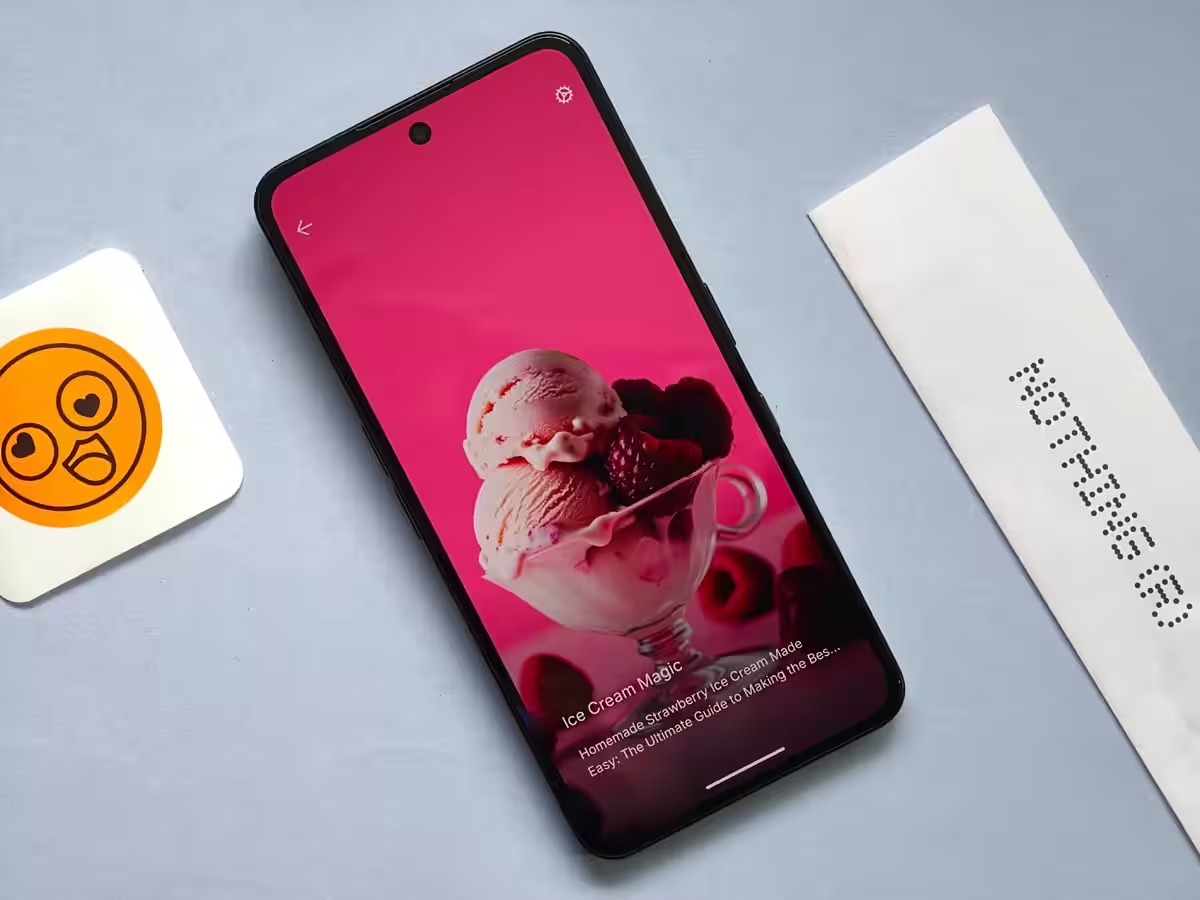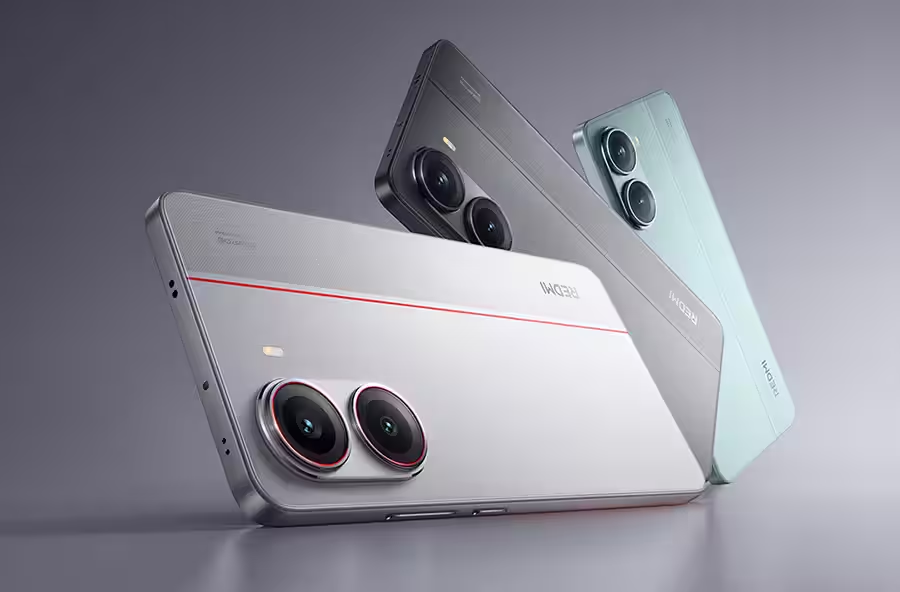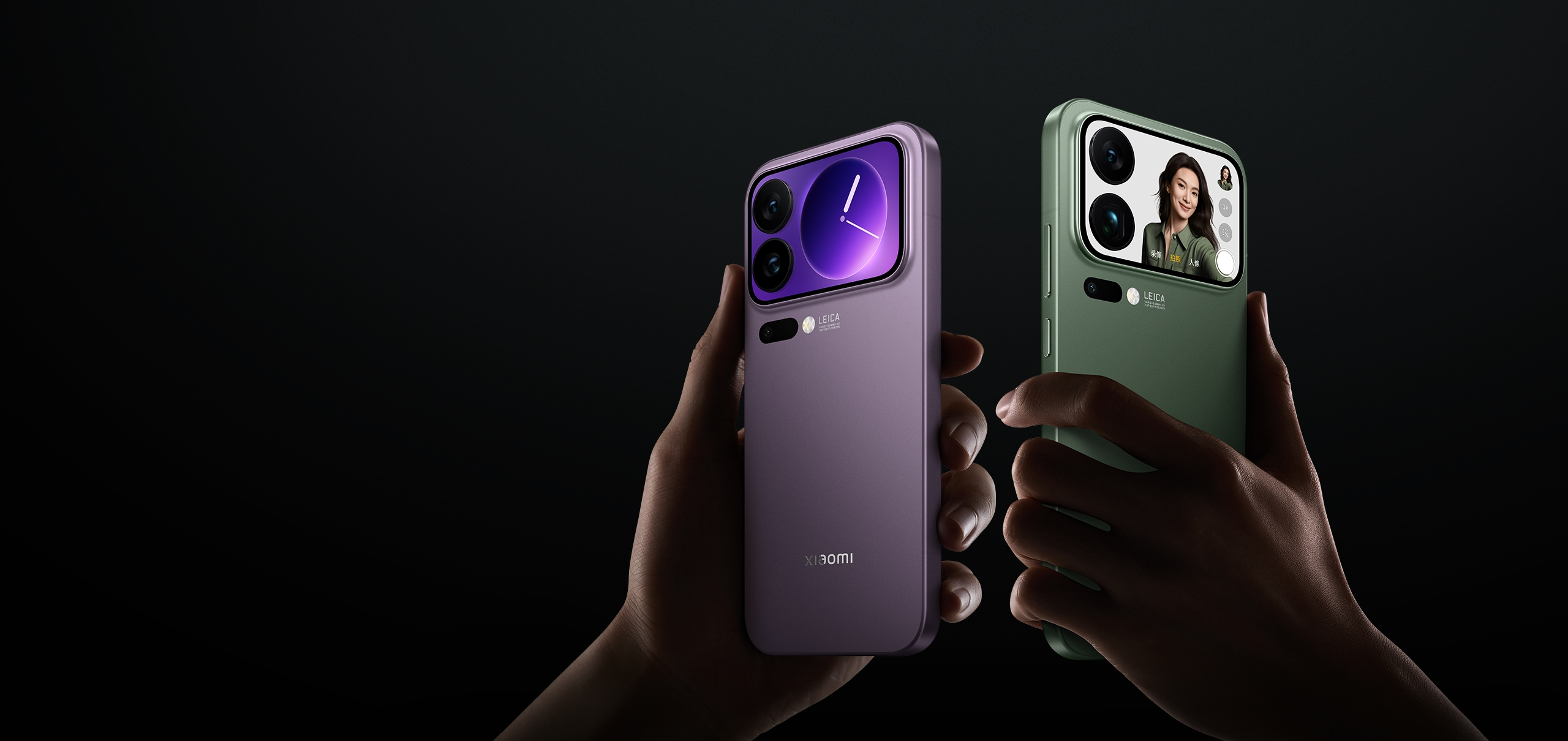The iPhone Air may disappoint in one important aspect – and Apple admits it
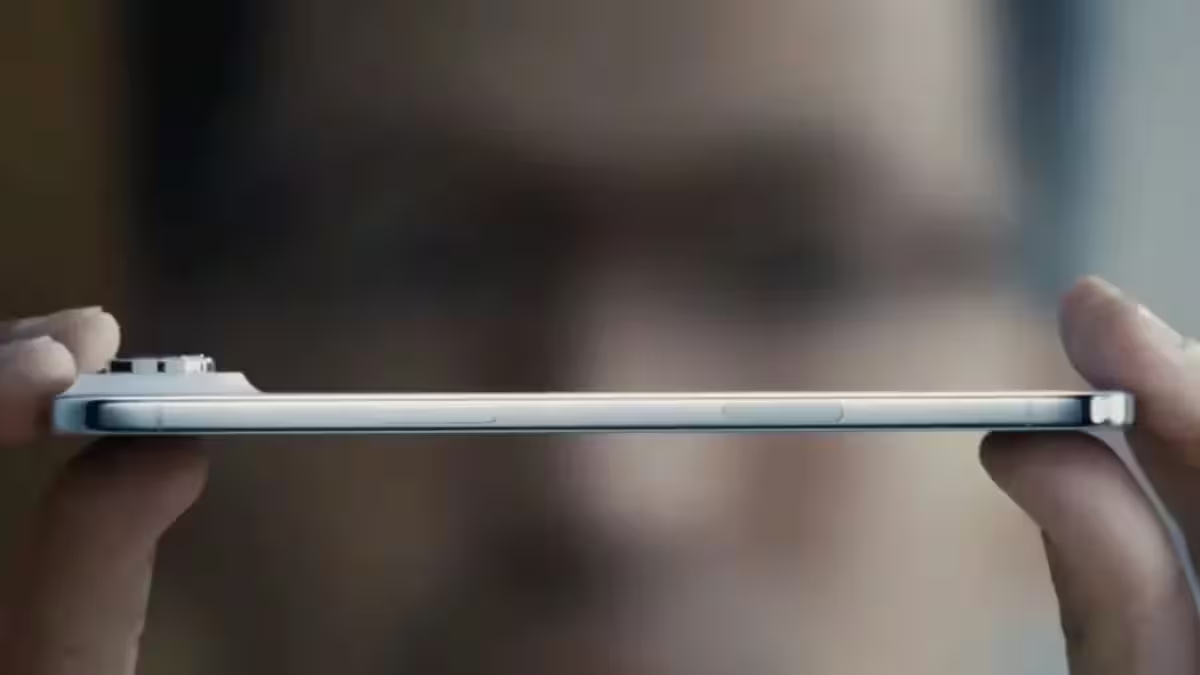
Apple is preparing to release the new iPhone Air, one of the company’s thinnest smartphones (just 5.6mm). The device features an A19 Pro chip with a stripped-down graphics core and a battery that Apple says provides “all-day performance”. But it’s the battery life that could be a problem – and it seems the manufacturer itself has indirectly confirmed that.
Why the iPhone Air needs a separate battery
Apple has announced a new accessory, the MagSafe Battery Pack for the iPhone Air. According to the company, it “fits in your pocket even while charging and gives you up to 65% extra charge.” It costs the same $99 as the first 2021 version, which Apple has discontinued.
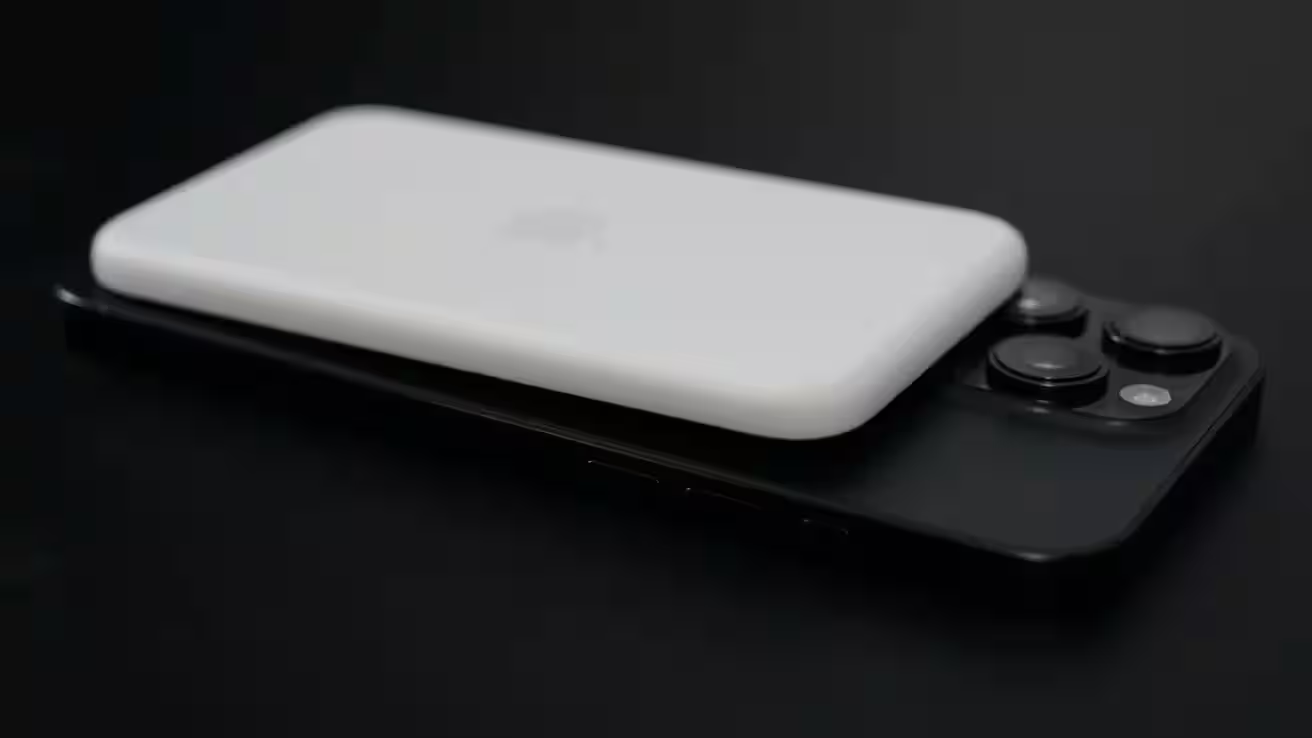
The accessory came with the iPhone 13 and, according to some observers, was intended to compensate for the iPhone 12 mini’s weak battery. According to Apple’s statements and AppleInsider’s tests, the new MagSafe Battery is designed exclusively for the iPhone Air: it doesn’t fit the iPhone 16 and iPhone 17 because it’s too tall and holds only “askew.”
Features of the MagSafe Battery for iPhone Air
- Capacity: 3,149 mAh (Reddit user data)
- Additional battery life: up to 65%, corresponding to 40 hours of video when connected
- Price: $99
- The thickness of the iPhone Air with battery: about 11mm
Interestingly, the battery capacity of the iPhone Air itself matches that of the accessory – 3,149 mAh. So when you use the MagSafe Battery, you’re effectively doubling your power reserve. But you have to sacrifice the device’s thinness, which is what it was designed for.
Design vs. autonomy
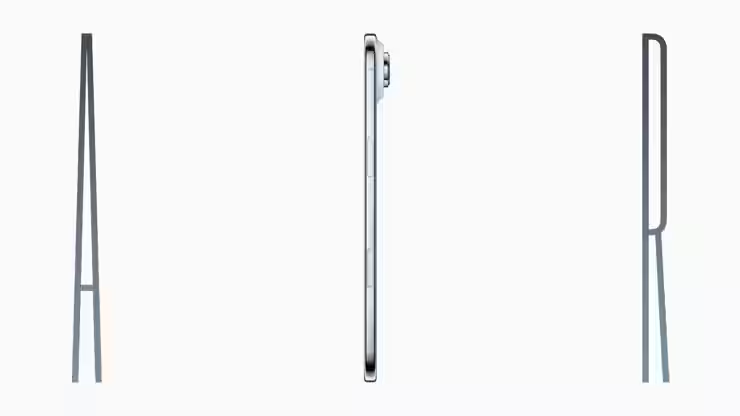
Apple is banking on the iPhone Air’s ultra-thin body, but the price for that is modest battery life. With the extra battery, the smartphone gets thicker and more expensive (around $1100 – iPhone 17 Pro level). This calls into question the model’s positioning as a “lightweight alternative” to top-end iPhones.

